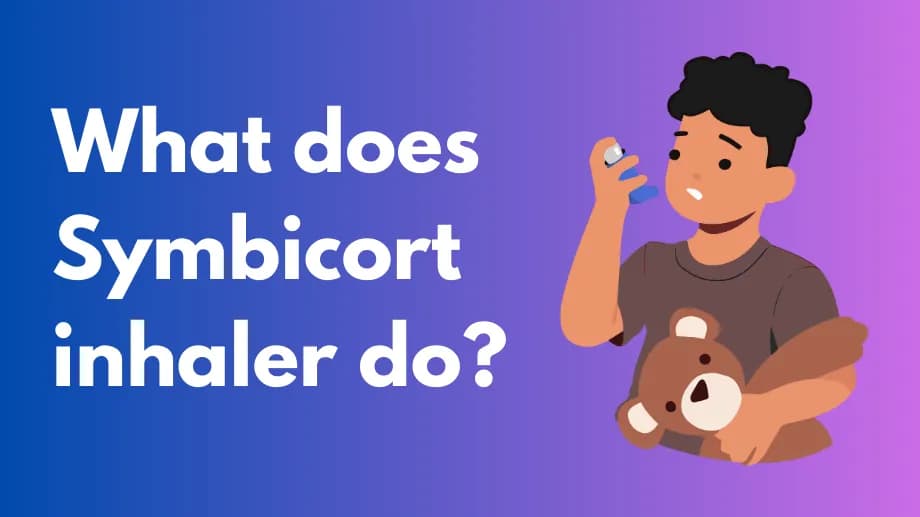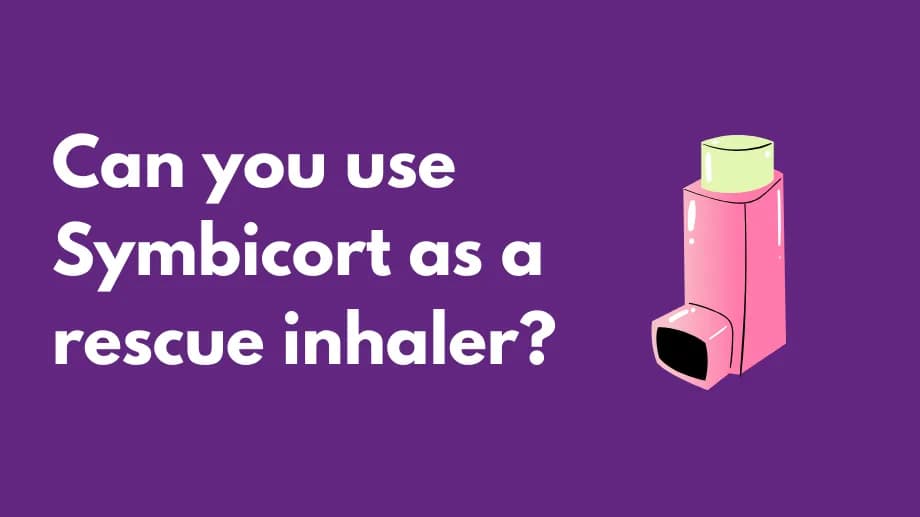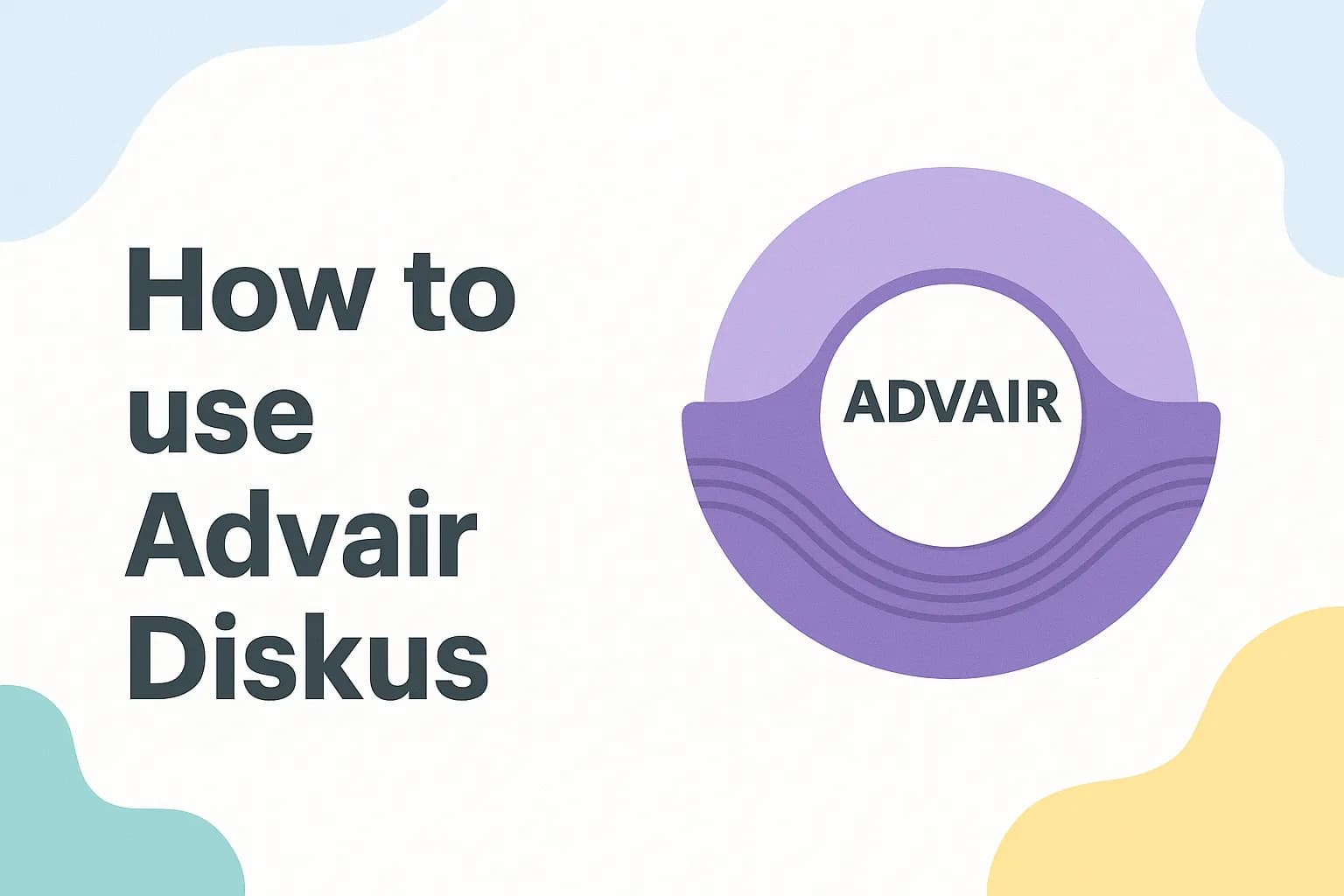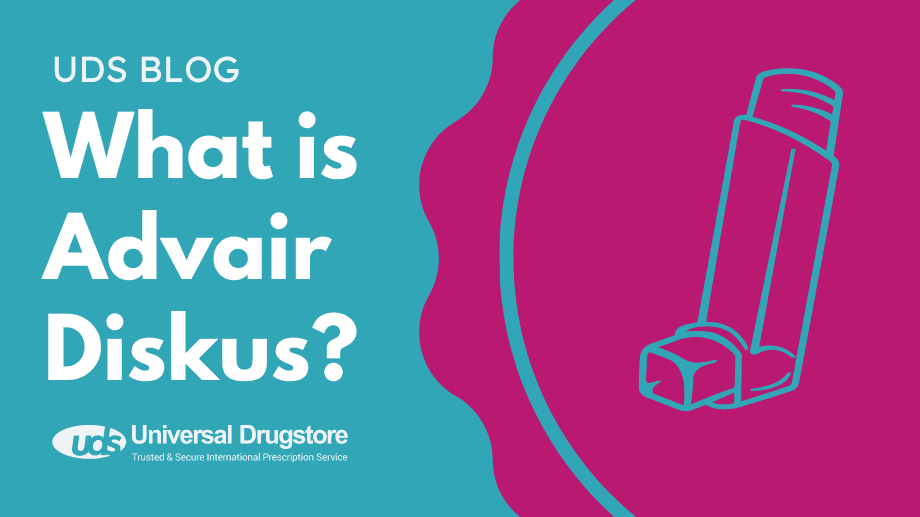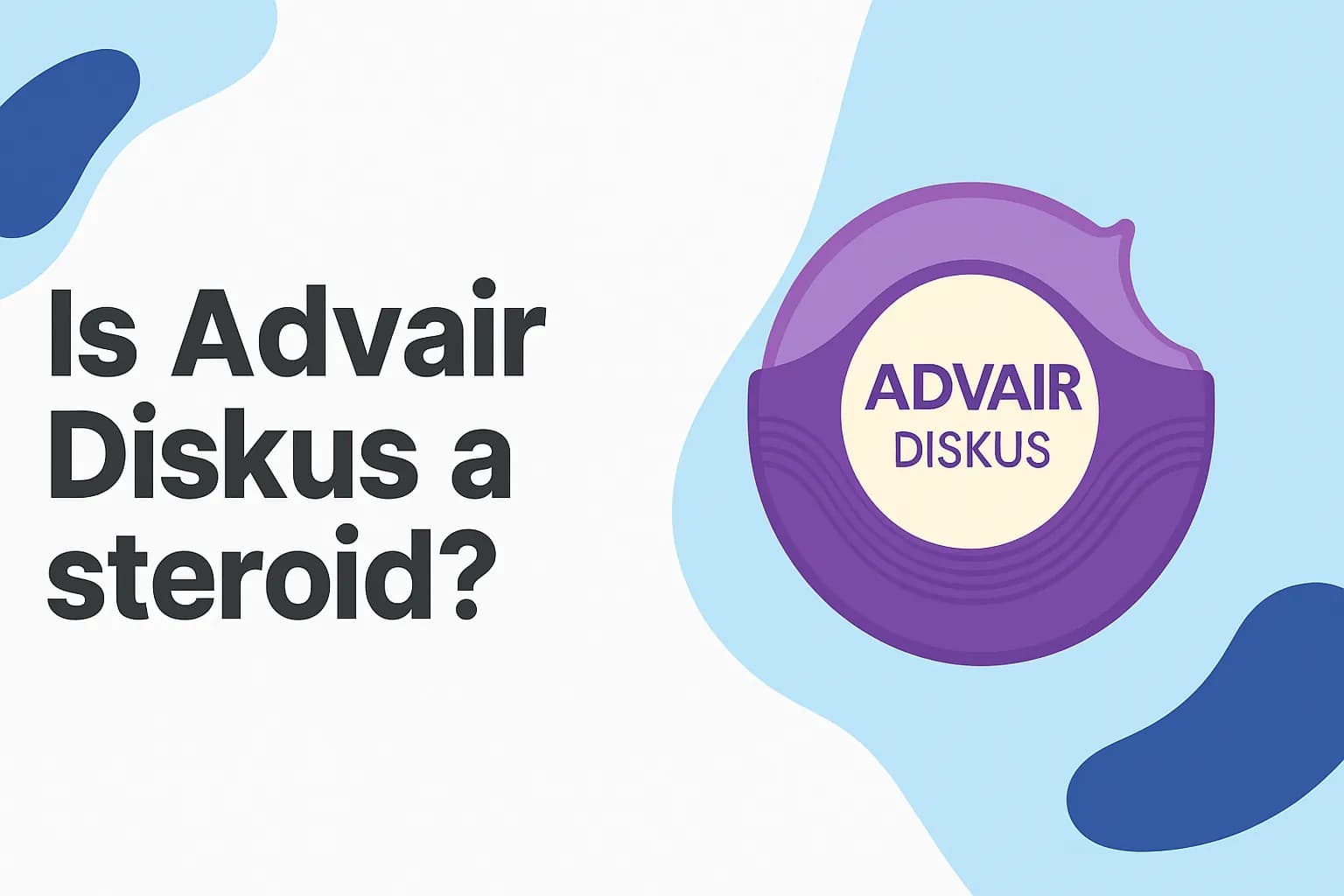What is chronic bronchitis?
Chronic bronchitis is a type of chronic obstructive pulmonary disease (COPD), along with emphysema. Chronic bronchitis is a long-term inflammation of your bronchial tubes (bronchi), the major airways in the lungs. This lung disease can cause narrowed airways which block air flow in your lungs and cause breathing problems. The most common symptom of chronic bronchitis is a constant, productive cough that lasts for at least three months in two consecutive years.
Chronic bronchitis often develops due to prolonged exposure to irritants that damage the lungs and airways, most commonly tobacco smoke. Other pollutants like dust, chemical fumes, and air pollution can also play a part in the development of chronic bronchitis. The inflammation from these irritants leads to an increase in mucus production, which blocks the airways and prompts coughing.
Managing chronic bronchitis typically involves quitting smoking, using medications to open the airways and reduce inflammation, and sometimes oxygen therapy. Pulmonary rehabilitation programs may also be recommended to help manage your symptoms and improve your quality of life.
What causes chronic bronchitis?
The main cause of chronic bronchitis is long-term exposure to irritants that damage your bronchial tubes, which carry air in and out of the air sacs in your lungs. This irritation causes the build-up of mucus. The swelling of your bronchial tube and mucus build-up makes it harder for your lungs to breathe.
Risk factors and causes that can increase your risk of chronic bronchitis include:
- Smoking: The most common cause of chronic bronchitis is cigarette smoking. Tobacco smoke irritates the airways, leading to inflammation and increased mucus production.
- Environmental pollutants: Exposure to air pollution, secondhand smoke, dust, fumes, and toxic gases, especially in industrial work settings, can also contribute to the development of chronic bronchitis.
- Genetic factors: Although rare, a genetic condition known as alpha-1 antitrypsin deficiency may play a role in the development of chronic bronchitis.
- Repeated respiratory infections: Frequent respiratory infections that cause acute bronchitis can lead to chronic inflammation of your airways and may lead to chronic bronchitis.
- Gastroesophageal Reflux (GERD): Repeated episodes of severe heartburn can irritate your throat and make you more likely to develop chronic bronchitis.
- Age and general health: Older adults and those with weakened immune systems have a higher risk of developing chronic bronchitis.
Preventing chronic bronchitis primarily involves avoiding or reducing exposure to these risk factors, especially smoking cessation.
What are the symptoms of chronic bronchitis?
The symptoms of chronic bronchitis can vary between people, but typically include the following:
- Persistent cough: A key symptom of chronic bronchitis is a chronic cough that produces mucus, often called a “smoker’s cough.” This cough tends to be worse in the mornings and damp weather.
- Increased mucus production: The inflammation of your airways leads to increased production of mucus, which can be clear, white, yellow, or greenish.
- Shortness of breath: As the disease progresses, you may find it difficult to breathe, especially during physical activity.
- Wheezing: A whistling or rattling sound when breathing, especially during exhalation, can occur due to the narrowing of your airways.
- Chest pain or discomfort: If you have chronic bronchitis, you may experience tightness, pain, or discomfort in your chest.
- Frequent lung infections: Chronic bronchitis makes it more likely for you to develop lung infections like the common cold or influenza, which can worsen symptoms.
- Fatigue: Chronic breathing difficulties can lead to fatigue and decreased energy levels.
These symptoms can worsen during physical activity and are often triggered by respiratory infections or exposure to additional irritants. Managing symptoms usually involves medications, lifestyle changes such as quitting smoking, and possibly pulmonary rehabilitation.
How is chronic bronchitis diagnosed?
Chronic bronchitis is diagnosed primarily through a clinical exam, medical history, and several diagnostic tests. Some common tests include:
- Medical History and Physical Exam: The doctor will first ask about symptoms, smoking habits, exposure to lung irritants, and family history of respiratory diseases. A physical exam will include listening to your lungs with a stethoscope for signs of wheezing or other abnormal sounds.
- Pulmonary Function Tests (PFTs): These tests measure the volume and speed of air that can be inhaled and exhaled, and are key to diagnosing chronic bronchitis. The most common test is spirometry, which checks lung function and can help diagnose chronic bronchitis or rule out other conditions like asthma.
- Chest X-ray or CT Scan: These imaging tests can help to rule out other lung conditions and to view the extent of any lung damage.
- Sputum Tests: Analysis of the mucus (sputum) produced when coughing can help detect the presence of infections or other conditions.
- Blood Tests: Although not used to directly diagnose chronic bronchitis, blood tests can help evaluate your overall health and detect signs of infection or inflammation.
- Oximetry or Arterial Blood Gas Test: These tests measure the oxygen and carbon dioxide levels in your blood and can help see how well your lungs are functioning.
The diagnosis of chronic bronchitis is typically considered if you have a persistent cough that produces mucus for at least three months in two consecutive years, particularly when other conditions have been ruled out.
How is chronic bronchitis treated?
Treating chronic bronchitis involves a combination of lifestyle changes, medications, and sometimes additional therapies to manage symptoms and prevent complications. This can include any combination of the following:
- Quit Smoking: If you smoke, the most important step is to stop smoking. Quitting smoking can significantly slow the progression of the disease and improve your lung function over time.
- Medications:
- Bronchodilators: These drugs help relax the muscles around your airways, making it easier to breathe. They are typically administered via inhalers or by a nebulizer.
- Corticosteroids: Inhaled corticosteroids can help reduce airway inflammation and are often used during flare-ups or when symptoms are persistent.
- Phosphodiesterase-4 inhibitors: This relatively new type of medication can decrease airway inflammation and relax your airways.
- Antibiotics: These are used during exacerbations if there is evidence of bacterial infection.
- Mucolytics: These medications can help thin the mucus in your lungs, making it easier to cough up.
- Vaccinations: You should receive the influenza vaccine annually and be vaccinated against pneumococcal pneumonia and COVID-19 to help prevent infections that can worsen your condition.
- Pulmonary Rehabilitation: This is a program that includes exercise, disease management training, nutritional counseling, and psychological counseling and can help you learn to breathe—and function—at the highest level possible.
- Oxygen Therapy: If you have severe chronic bronchitis and low blood oxygen levels, oxygen therapy can be necessary to help you breathe better.
- Other Lifestyle Changes: Maintaining a healthy lifestyle, including regular physical activity, a balanced diet, and avoiding air pollutants as much as possible, can also help manage symptoms.
- Lung Transplant: If you have severe symptoms that have not improved with medications, this may be used as a last resort.
- Managing Exacerbations: It’s important that you recognize the signs of an exacerbation (such as increased coughing, changes in mucus, or worsening shortness of breath) and seek prompt treatment to prevent further damage.
The approach to treatment will vary depending on the severity of your disease and your overall health, so you must work closely with your healthcare provider to develop a treatment plan that meets your specific needs.
When should you see my healthcare provider?
Talk to your healthcare provider if you think you have chronic bronchitis. Starting a treatment plan as soon as possible can slow down your disease progression and improve your overall quality of life. See your healthcare provider if you:
- Have a persistent cough that lasts more than 3 weeks or keeps coming back.
- Have frequent wheezing or shortness of breath.
- Have a high fever (103° F or 39.4° C) or a fever that lasts more than 5 days.
- Are coughing up blood.
What is the difference between chronic bronchitis and emphysema?
Emphysema and chronic bronchitis are two of the most common forms of chronic obstructive pulmonary disease (COPD). While both types of COPD can cause similar symptoms, they affect different parts of your lungs. Emphysema gradually destroys the small air sacs at the end of your airways called alveoli and almost exclusively causes shortness of breath. Chronic bronchitis causes swelling and inflammation in your airways, or bronchi, and causes increased mucus production, cough, and fever. If you have COPD, you can have damage to both your airways and alveoli.
Sources
- Chronic Bronchitis. American Lung Association. Accessed Apr. 15, 2024.
- Chronic Bronchitis. National Library of Medicine. Accessed Apr. 15, 2024.
- Bronchitis. National Institute of Health (NIH). Accessed Apr. 15, 2024.
- Kim V, Criner GJ. Chronic bronchitis and chronic obstructive pulmonary disease. Am J Respir Crit Care Med. 2013 Feb 1;187(3):228-37. Accessed Apr. 15, 2024.

